

Noctiluca(1974)
Otherwise known as Magellan's Toys #1. Hollis Frampton's "Noctiluca" was a film designed to be shown on the second day of the Magellan cycle, the filmmaker's unfinished magnum opus work. The title (nox/luceo) means something that shines by night, i.e., the moon, and the film indeed consists of a bright sphere, sometimes white, sometimes tinted, sometimes single, sometimes doubled and overlapped.
Movie: Noctiluca

Noctiluca
HomePage
Overview
Otherwise known as Magellan's Toys #1. Hollis Frampton's "Noctiluca" was a film designed to be shown on the second day of the Magellan cycle, the filmmaker's unfinished magnum opus work. The title (nox/luceo) means something that shines by night, i.e., the moon, and the film indeed consists of a bright sphere, sometimes white, sometimes tinted, sometimes single, sometimes doubled and overlapped.
Release Date
1974-03-29
Average
0
Rating:
0.0 startsTagline
Genres
Languages:
No LanguageKeywords
Similar Movies
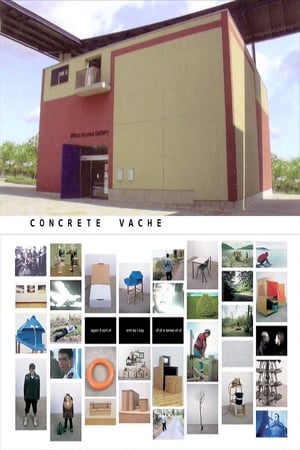 0.0
0.0Concrete Vache(en)
Made for Milton Keynes Gallery's 10th anniversary using images from its archive and language from its press releases and catalogues.
 4.2
4.2Remedial Reading Comprehension(en)
Landow rejects the dream imagery of the historical trance film for the self-referential present, using macrobiotics, the language of advertising, and a speed-reading test on the definition of hokum. The alienated filmmaker appears, running uphill to distance himself from the lyrical cinema, but remember, "This is a film about you, not about its maker."
Homeo(en)
Homeo is a mental construction made from visual reality, just as music is made from auditive reality. I put in this film no personal intentions. All my intentions are personal. I’ve made this film thinking of what the audience would have liked to see, not something specific that I wanted to say: what the film depicts is above all reality, not fiction. Homeo is, for me, the search for an autonomous cinematographic language, which doesn't owe anything to traditional narrative, or maybe everything. Cinema is, above all, part of a way of life which will become more and more self-assured in the years and century to come. We are part of this change, and that’s why I tried in Homeo to establish a series of perpetual changes, in constant evolution or regress, which tries, above all, to focus on things.
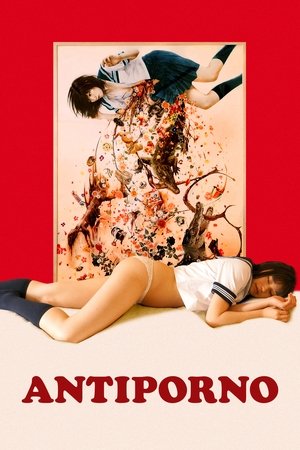 6.7
6.7Antiporno(ja)
Young artist Kyoko wreaks havoc on everyone that she encounters when Japan's oldest major movie studio asks a batch of venerable filmmakers to revive its high-brow soft-core Roman Porno series.
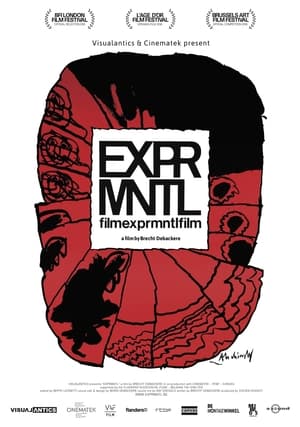 0.0
0.0EXPRMNTL(en)
Knokke, Belgium. A small mundane coastal town, home to the beau-monde. To compete with Venice and Cannes, the posh casino hosts the second ‘World Festival of Film and the Arts’ in 1949, organised in part by the Royal Cinematheque of Belgium. To celebrate cinema’s 50 year existence, they put together a side program showcasing the medium in all its shapes and forms: surrealist film, absolute film, dadaist films, abstract film,… The side program would soon become a festival in its own right: ‘EXPRMNTL’, dedicated to experimental cinema, and would become a mythical gathering of the avant-garde…
Rhythm(en)
Intended as a publicity film for Chrysler, Rhythm uses rapid editing to speed up the assembly of a car, synchronizing it to African drum music. The sponsor was horrified by the music and suspicious of the way a worker was shown winking at the camera; although Rhythm won first prize at a New York advertising festival, it was disqualified because Chrysler had never given it a television screening. P. Adams Sitney wrote, “Although his reputation has been sustained by the invention of direct painting on film, Lye deserves equal credit as one of the great masters of montage.” And in Film Culture, Jonas Mekas said to Peter Kubelka, “Have you seen Len Lye’s 50-second automobile commercial? Nothing happens there…except that it’s filled with some kind of secret action of cinema.” - Harvard Film Archive
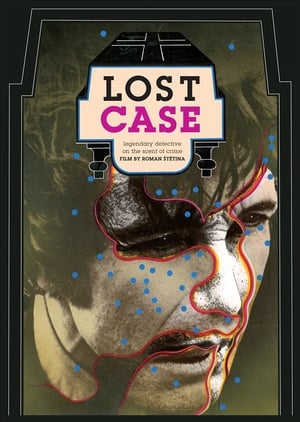 0.0
0.0Lost Case(cs)
A completely new story based on existing footage from the series Columbo.
 5.5
5.5The Human Surge(es)
Buenos Aires. Exe, 25 years old, has just lost his job and is not looking for another one. His neighbors and friends seem as odd to him as they always do. Online, he meets Alf, a boy from Mozambique who is also bored with his job and who is about to follow Archie, another boy who has run away into the jungle. Through the dense vegetation of the forest, Archie tracks ants back to their nest. One of them wanders off course and comes across Canh, a Filipino, sitting on top of a giant heap of earth and who is about to go back to his strange, beautiful home town, where he too has a miserable job.
R(en)
In a surreal meeting filled with countless individuals from a variety of backgrounds, nine people recount how sex and sexuality have been used to exert control over their lives. Regardless of race, sexual orientation, nationality, social class, religion, or gender, all are equally shattered and all are equally victims. Those that recount their experiences show that the power / sex dynamic can come in many forms. Whether the power is taken away by physical or psychological means, and regardless of whether it is perpetrated by an individual, institution, or society, the results are equally devastating.
Young Person's Guide to Cinema(ja)
Originally made for the 100 Feet Film Festival hosted by Image Forum. However, to test the limits, Terayama Shūji willfully made use of 3 projectors to project 300 feet of film at the same time.
The Cage(ja)
Finished shooting in 1962, the movie’s cast was almost the same as its crew. With a bunch of experimental symbols such as skinny human body, clock and goat flow from one scene to another, the film explores the question of whether a man is a prisoner of time.
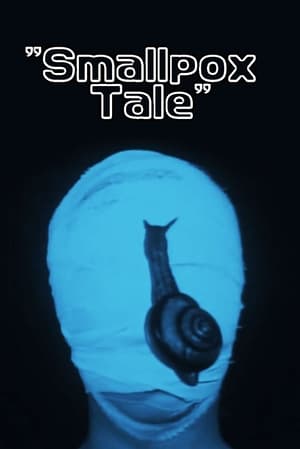 2.0
2.0Smallpox Tale(ja)
The smallpox virus has created its own unique atmosphere in Terayama’s film where the skin of a bandaged adolescent and the surface of the filmic image are subjected to a bizarre ‘disturbance’ as snails cross the screen and nails are hammered into the skull of the ailing patient. Illness in this film is as much a psychic entity as a physical one and manifests itself in an array of theatrical tableaux from grotesque women rigorously brushing their teeth to a snooker game where the players in white face makeup behave like automata. A Tale of Smallpox uses a medical theme to chart the traumatic dream life of Terayama’s times, evincing deep-rooted concerns in the Japanese national psyche that hark back to the upheaval of Meiji modernisation and the devastation of World War Two.
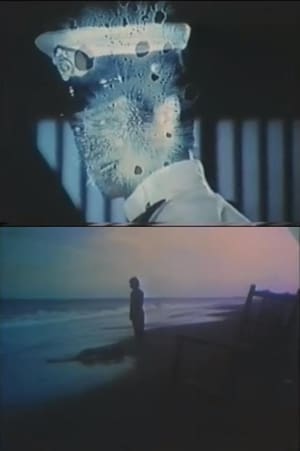 4.3
4.3The Eraser(ja)
Visions of characters by the seaside from one's memory are erased by the filmmaker's hand.
An Attempt to Describe the Measure of a Man(ja)
Using bluescreen video techniques, Terayama playfully—and with a silent film theatricality—posits a series of postmodern vignettes featuring realities-within-realities as his protagonist attempts some kind of relationship with a nude woman on the screen-within-the-screen. In his struggles to “free” her, he exposes the absurd flimsiness, deceptiveness and mutability of both the cinema experience and our human dimension.
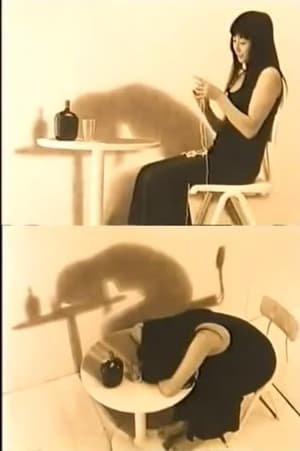 5.0
5.0The Woman with Two Heads(ja)
As a family goes on with their day, the shadows on their walls lead a completely different life.
The Reading Machine(ja)
In this Borgesian satire on knowledge and technology, bibliophilic desire leads to the construction of a pedal-powered reading machine. Resembling a combination of gymnastic contraption, printing press and early cinematic apparatus, the machine’s purpose remains ambiguous. And like this machine, Terayama’s film connects his work in poetry, motion picture and graphic design by weaving together printed and projected, still and moving images.
Mario Banana II(en)
Black-and-white version of Mario Banana I, in which Mario enjoys another banana.
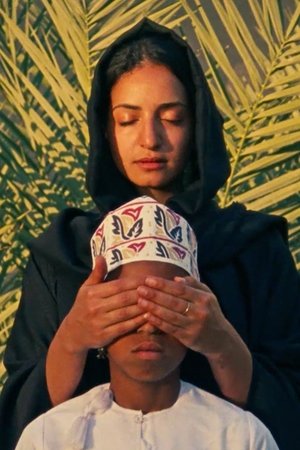 0.0
0.0The 99 Names of God(en)
Arab-American filmmaker Yumna Al-Arashi embraces the rhythmic rituals that have run alongside Islamic tradition throughout the centuries in this surreal and poetic short film. Piecing together old and new, Al-Rashi's dream-like imagery breathes fresh air to a subject hardly seen in positive light.

